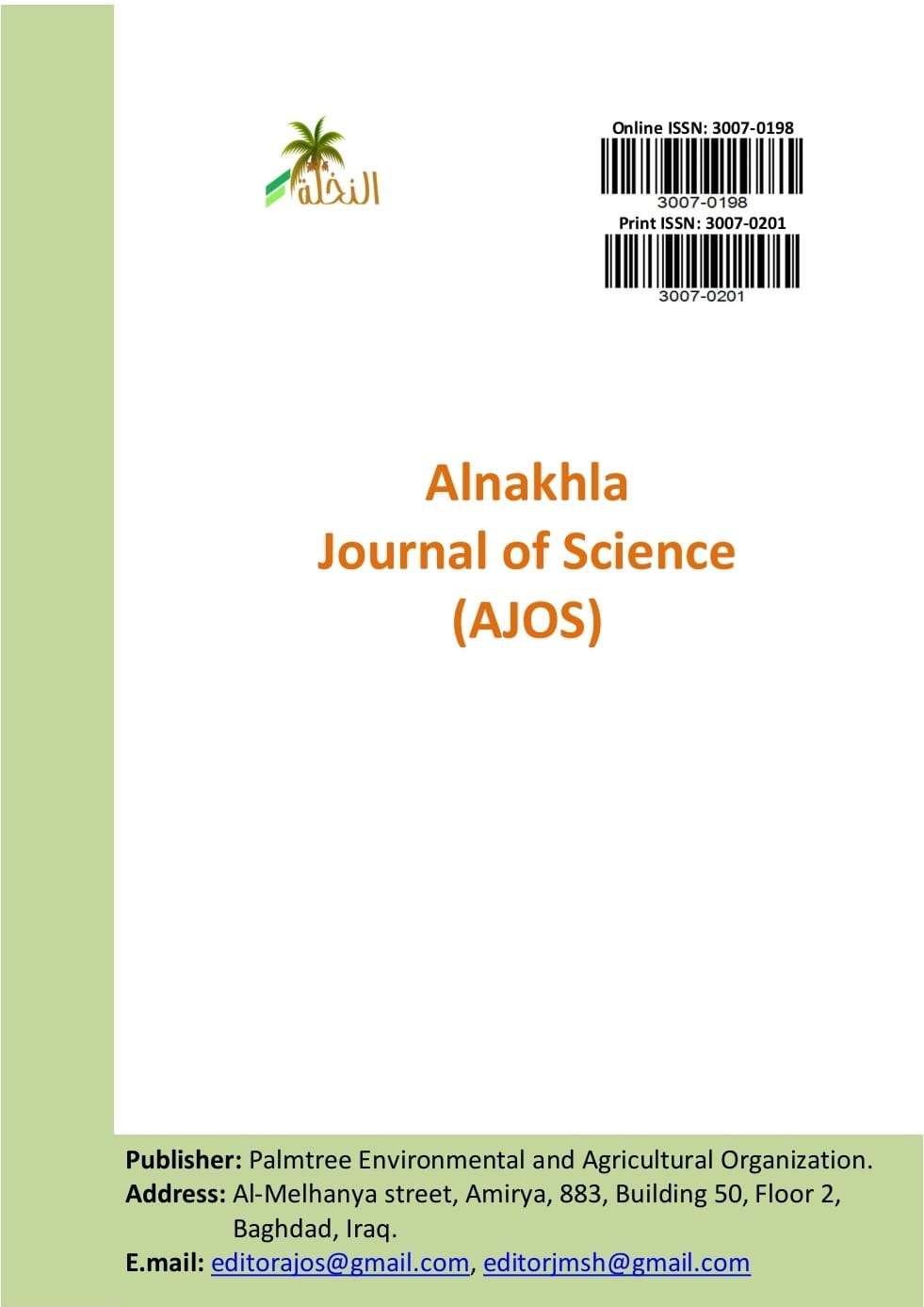The most important natural plant species in the Middle Euphrates Basin and their importance in agroforestry systems
DOI:
https://doi.org/10.63799/ajos.13.1.10Abstract
The main aim of this review is to attract the attention of plant breeders, agriculturists, farmers, and others within the Euphrates River States to the benefits of exploiting halophytes and to raise their profile as economically important plants in a world now facing an increase in soil salinity. Halophytes can contribute to a sustainable agriculture as staple foods, as forage, as medicinal plants. During the period from 2021-2023, an inventory of the most important plant species growing on the river islands in the central Euphrates Basin region of Raqqa Governorate was carried out. The most important natural plant species growing on the river islands of the Middle Euphrates Basin were identified as follows: Aeluropus littoralis, Atriplex halimus, Glycyrrhiza glabra, Halocnemum strobilaceum, Juncus maritimus, Lycium barbarum, Phragmites australis, Populus euphratica, Prosopis farcta, Salix alba, Suaeda vermiculata, Tamarix tetragyna. These plant species can be used in Agroforestry systems Agroforestry systems deliver livelihood security and multiple ecosystem services to sustain societies and environments. Many multi-purpose forest trees having food, timber, medicinal and industrial value have been introduced in different agroforestry systems in many countries of to sustain livelihood and environmental security. Taking care of natural plants is necessary for the sustainability of natural forest resources, as the natural resources is a unit and cannot be divided to be dialed with, thus will be not possible to develop forest resources separately, out of the framework of land resources (the productive capacity of the soil), the climatic environment (the rainfall regime, temperature fluctuation, humidity, radiation) and other available investable resources, in addition to the social and economic conditions prevailing in the region, moreover the focus on human development, which is the starting and the end point of all activities. During past four decades, agroforestry has come of age and begun to attract the attention of the international scientific community, primarily as a means for sustaining agricultural productivity in marginal lands and solving the second-generation problems such as secondary salinization.


